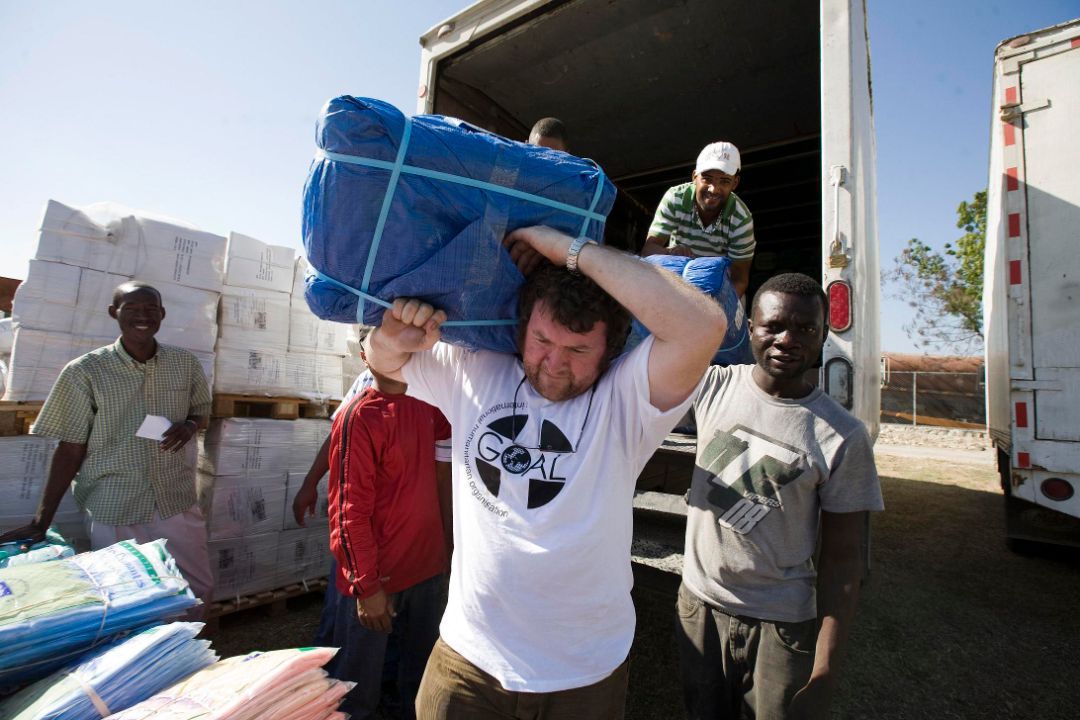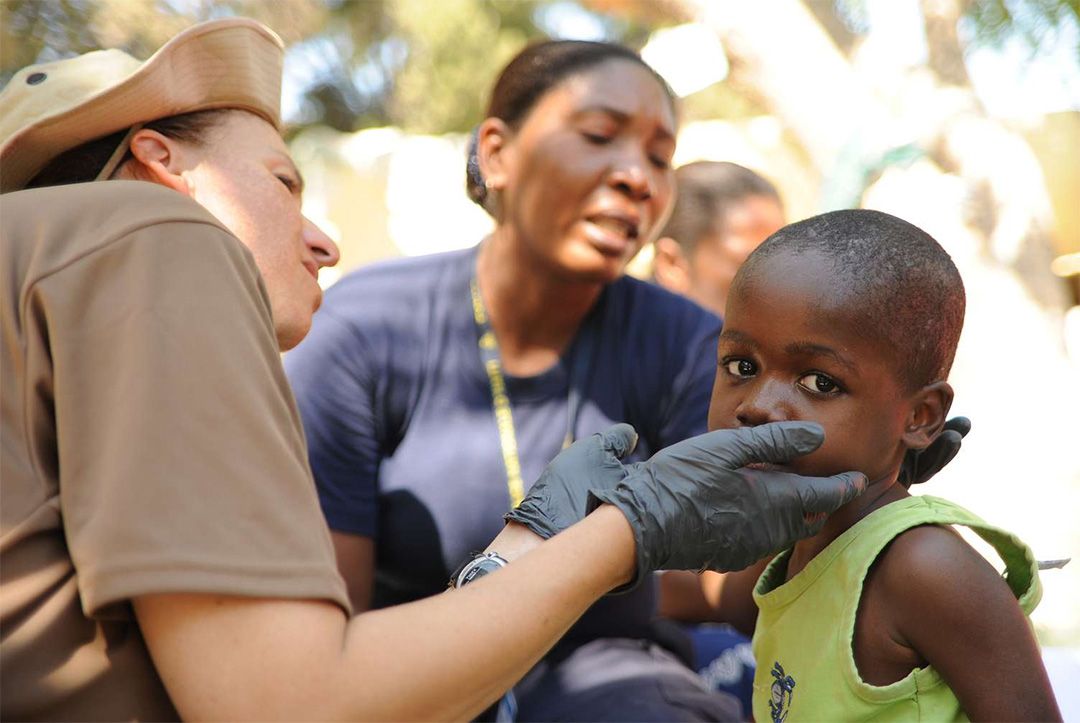 Blogs
Blogs
May 13, 2024 • 3 min read
For decades, Haiti has been plagued by political instability, gang violence, and frequent environmental disasters. In recent years, law and order has collapsed and life for Haitians has deteriorated even further. Amid a deepening security crisis, the local economy has crumbled. Hunger has reached unprecedented levels with over 5 million people going to bed hungry every night.
What’s happening in Haiti?
This most recent breakdown began in 2021 with the assassination of Haitian President Jovenel Moïse. Widespread gang violence has since engulfed the country.
This violence came to a head in February. On 20th February, Moïse’s wife and the former chief of the Haitian National Police were implicated in his killing. Shortly after, with acting Prime Minister Ariel Henry overseas on a state visit to Kenya, local gangs saw an opportunity to seize control.
Armed groups stormed Haiti’s two largest prisons in March, freeing over 4,500 inmates. In response, the government declared a state of emergency and introduced a nighttime curfew. Despite these measures, empowered gangs blocked all ports of entry and took control of Port-au-Prince, Haiti’s capital. Henry has since been forced to resign, and chaos has ensued with seemingly indiscriminate violence terrorising local communities.

A cycle of crises
Disastrous events have plagued Haiti over the last two decades. From constitutional crises to hurricanes and earthquakes, the stage has been set for this recent flare-up. Each crisis pushing the country closer to catastrophe. This isn’t the first time a Haitian leader has been forced out in recent years.
President Aristide was exiled following a rebel coup in 2004. Since then, numerous Prime Ministers have been forced out or chosen to resign. Each leadership change has diminished the government’s grip on power. And encouraged violent gangs even further.
Environmental disasters
Frequent environmental disasters have further destabilised the country. In the last two decades, Haitian communities have faced:
- 2008: Hurricane Gustav, killing 77 and destroying 14,500 homes
- 2010: A catastrophic earthquake, killing over 300,000 and displacing over 1 million people.
- 2012: Hurricane Sandy, killing more than 100 and displacing over 200,000 people.
- 2016: Hurricane Matthew, killing nearly 600 people and displacing 35,000.
- 2022: A disastrous earthquake in August, coupled with Hurricane Grace, killing over 2,200 and displacing around 220,000 people.
Added to the unimaginable loss of life, these disasters have forced millions from their home. And destroyed vital infrastructure such as roads, schools and hospitals. As successive Haitian governments have struggled to respond, Haiti’s gangs have filled the power vacuum. Haitian communities need the support of the international community, now more than ever.

GOAL’s Response
GOAL has been operating in Haiti since the catastrophic earthquake of 2010. Since then, GOAL’s work in Haiti has primarily focused on emergency relief, emergency preparedness, WASH (water, sanitation, and hygiene), and community resilience.
Recent political instability and rampant gang violence have fuelled food insecurity and a resurgence of cholera in Port-Au-Prince. With over 5 million people in urgent need of humanitarian assistance, GOAL announced a combined grant from USAID, Irish Aid, UNICEF and EU Humanitarian Aid to fund an emergency response in Haiti last year.
As the crisis continues, GOAL teams are working with local communities to improve access to safe drinking water and distributing cash vouchers to ensure vulnerable families can afford to feed themselves. With gang violence widespread, GOALies are also focusing on safeguarding to help protect women and girls vulnerable to violence, abuse and exploitation.
You can help GOAL’s work in Haiti with a donation today.

